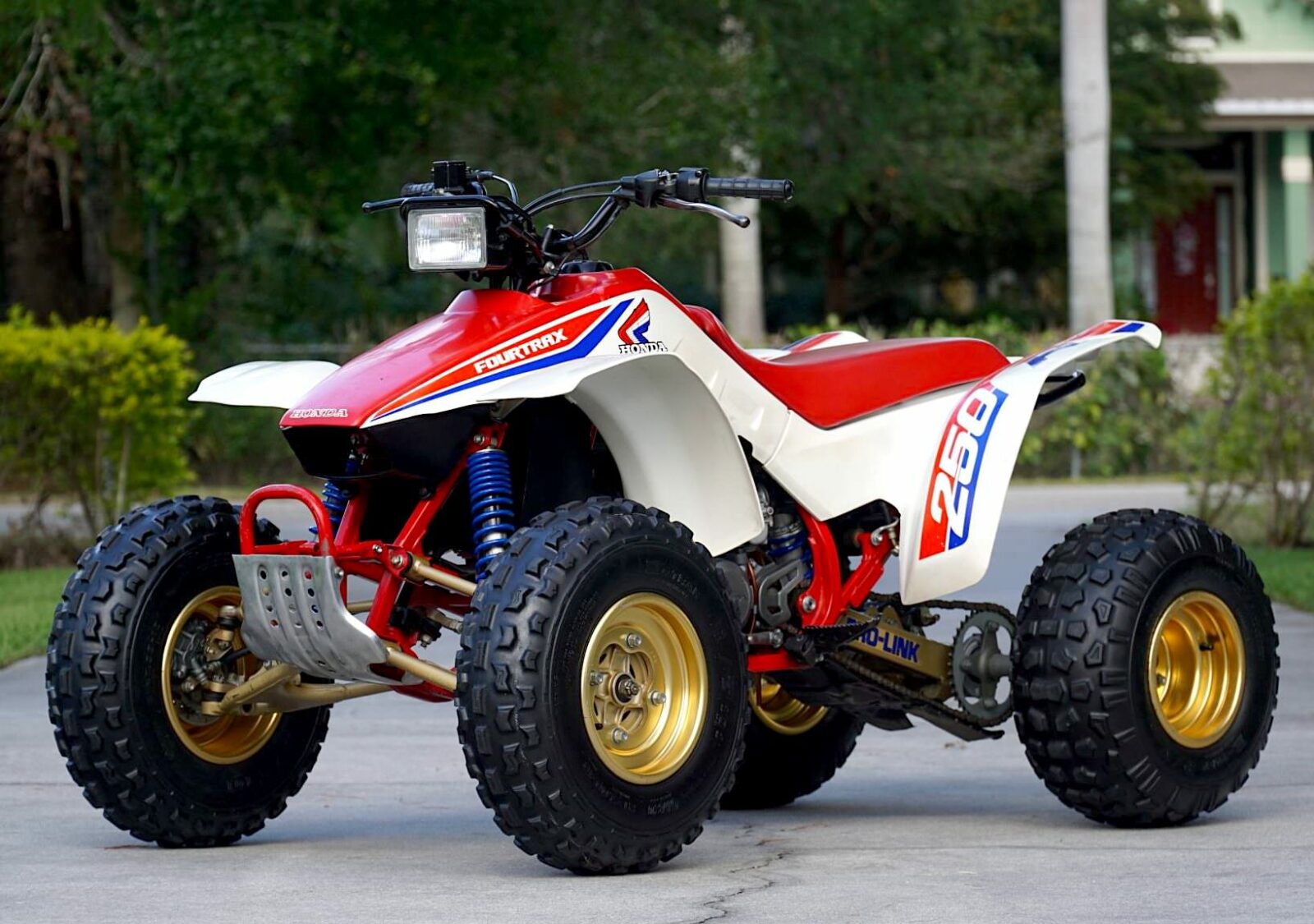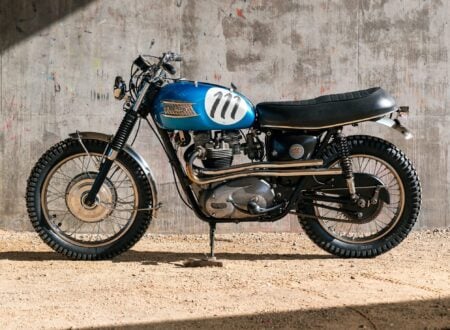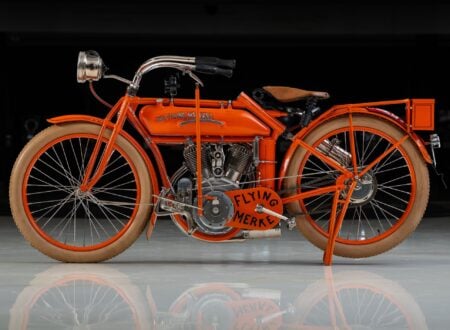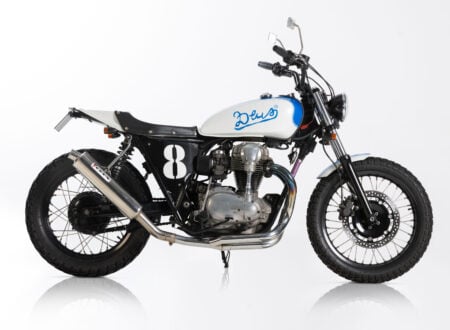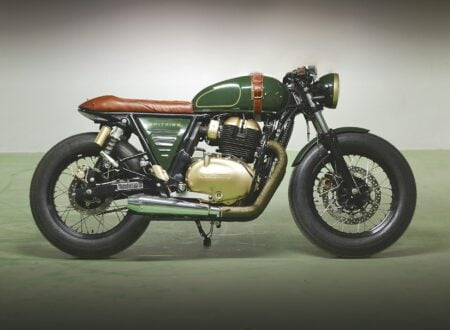The Honda FourTrax 250R is arguably the most important quad bike that was made in the 20th century. It was only in production from 1986 to 1989 however its design would prove so enduring it remained a favorite for competitive racers well into the 2000s.
The quad bike would quickly rise to take the mantle from the three wheelers that had been wildly popular in the 1970s and 1980s. They had also been wildly dangerous and production was voluntarily ceased by all manufacturers by 1987.
Fast Facts – The Honda FourTrax 250R
- The Honda FourTrax 250R had bee developed as a four-wheeled version of the earlier all-conquering Honda ATC250R three wheeler, a high-performance racing ATV that had set the industry standard when it was released in 1981.
- Both the engine and the rear end of the ATC250R had been modified and then used on the newer FourTrax 250R. Honda had developed a new chassis, and a front suspension and steering system to match.
- Also known as the Honda TRX250R, the FourTrax 250R was the fastest racing quad bike in the world at the time of its release. Honda would continue improving the model until it was discontinued in 1989.
- Such was the competitiveness of the FourTrax 250R that even after it left production many racers continued to compete on it. A huge aftermarket sprang up to offer a slew of replacement and improvement parts including who new chassis, suspension, engines, and gearboxes.
The Unstoppable FourTrax
It’s relatively rare in the motoring world for a model to continue to dominate its racing class for over a decade after it leaves production. It does happen occasionally and in the world of ATVs it happened with the Honda FourTrax 250R – a quad bike that remained in serious competition until over 15 years after it left production in 1989.
Above Video: This race footage shows the Honda TRX250R dominating the Montréal Supermotocross well over a decade after it left production in 1989.
To develop the Honda TRX250R FourTrax Honda had essentially taken all the parts that had made the earlier three-wheeled Honda ATC250R so competitive and used them on the new four-wheeled design.
The engine, transmission, rear suspension, and rear end were all used – though they were modified to suit the new vehicle and its slightly increased curb weight over the earlier trike.
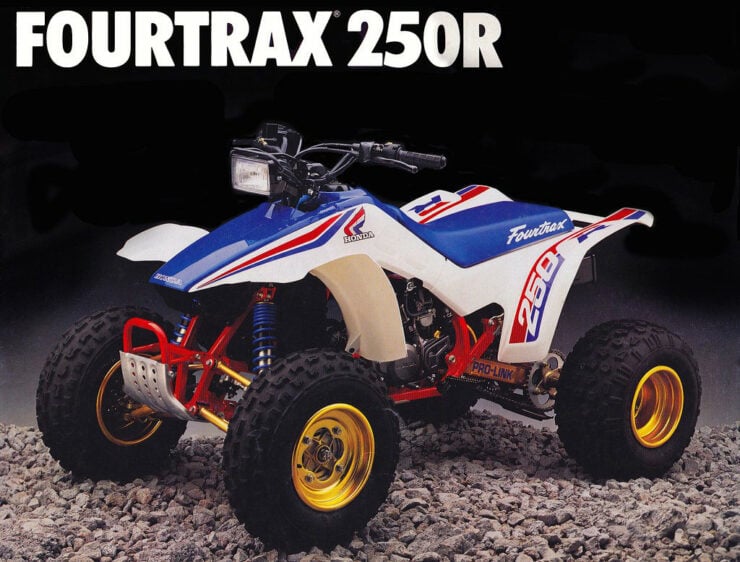

Honda FourTrax 250R Specifications
- The heart of the FourTrax was the 246cc two-stroke engine, a liquid-cooled single-cylinder with a gear driven counter-balancer to avoid excessive vibrations, a bore x stroke of 66mm x 72mm, and a compression ratio of 7.7:1.
- Power is sent back through a six-speed close ratio transmission to the rear wheels, and the quad uses dual front disc brakes with a single disc on the rear.
- Suspension consists of double-wishbones with heavy duty hydraulic shock absorbers up front offering 7.9 inches travel and a Honda Pro-Link set up on the rear with adjustable rebound and compression offering 9.1 inches of travel.
- The chassis is box-section tubular steel and the radiator is mounted in under the headlight to keep it out of the way but also ensure it gets plenty of cooling airflow.
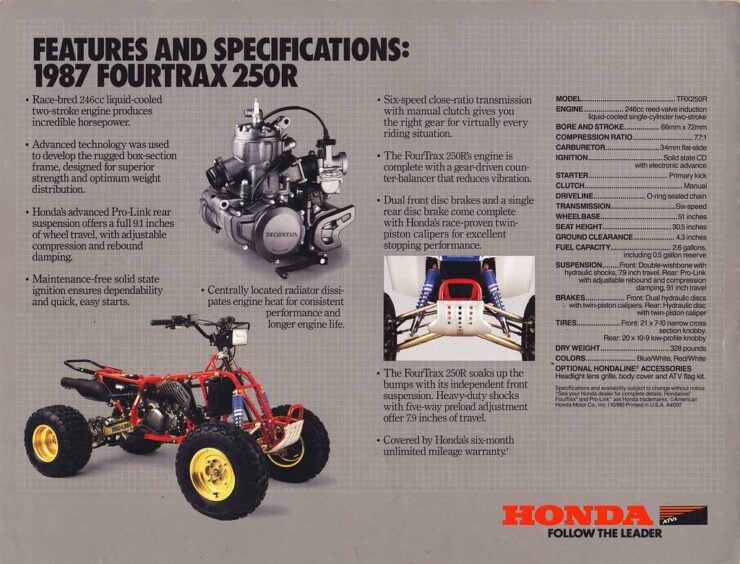

The Shift From Three Wheels to Four
The mid-to-late 1980s was a time when the ATV world was beginning its transition from three wheelers to quad bikes. Due to the sheer number of serious and sometimes fatal injuries incurred when riding three-wheelers they had begun to develop a negative reputation in the USA and other places like Australia, New Zealand, and Canada.
Media coverage of these accidents was drawing in significant bad publicity and as a result the production of motorized all-terrain three-wheelers was ceased by all manufacturers in 1987 on a voluntary basis.
The manufacturers agreed to a 10 year stop on production and together they funded a $100 million ATV safety campaign. Production shifted to quad bikes which were inherently more stable, and even after the 10 year production moratorium expired no manufacturers restarted production of three wheelers.
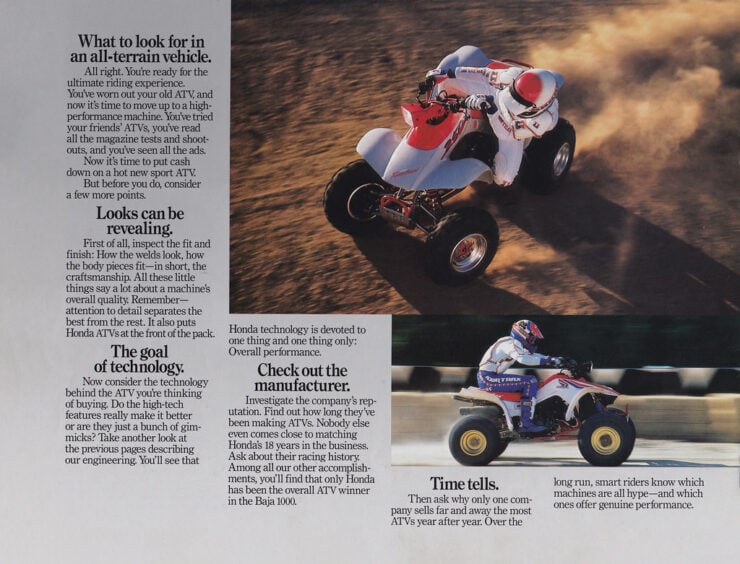

Honda was perfectly positioned, and not by accident, to take advantage of the shutdown on three wheeler production with their new FourTrax 250R but it’s unlikely that they knew just how popular and enduring the design would become.
The 1986 Honda FourTrax 250R Shown Here
The quad you see here is a remarkably original 1986 Honda FourTrax 250R, it’s from the first year of production and represents the ATV as the world first saw the design. Many three wheeler riders switched over to quads arounds this time and the FourTrax 250R was a bid reason why.
This FourTrax is finished in classic white and red with red, white, and blue graphics, and it was initially delivered new to St. George Honda in Utah back in the 1980s.
It’s now being offered for sale in what appears to be remarkable condition out of Fort Myers, Florida with a 1987 owner’s manual, a photocopy of the Manufacturer’s Certificate of Origin, period literature, and a bill of sale.
If you’d like to read more about this quad or place a bid you can find the listing here on Bring a Trailer.
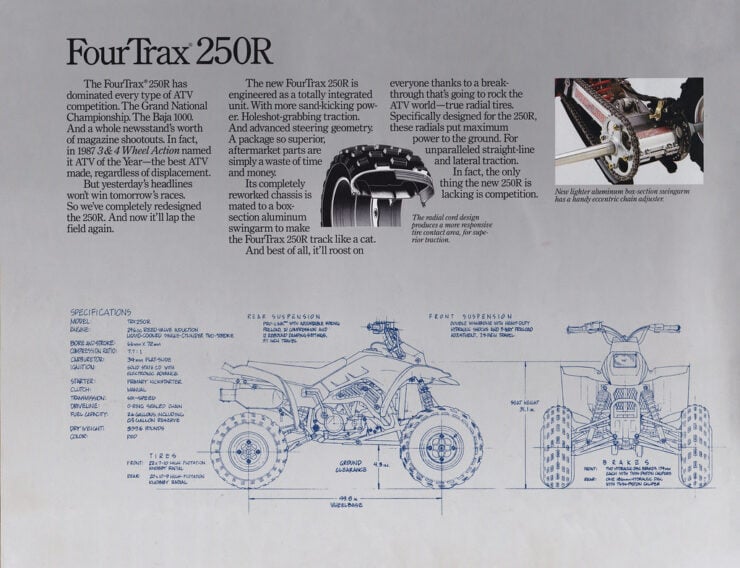
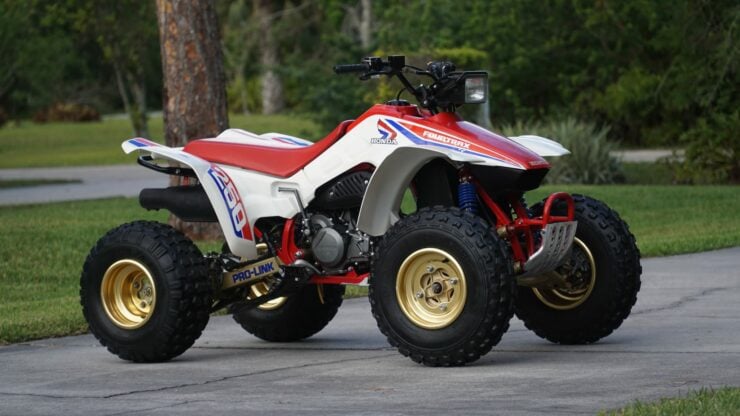
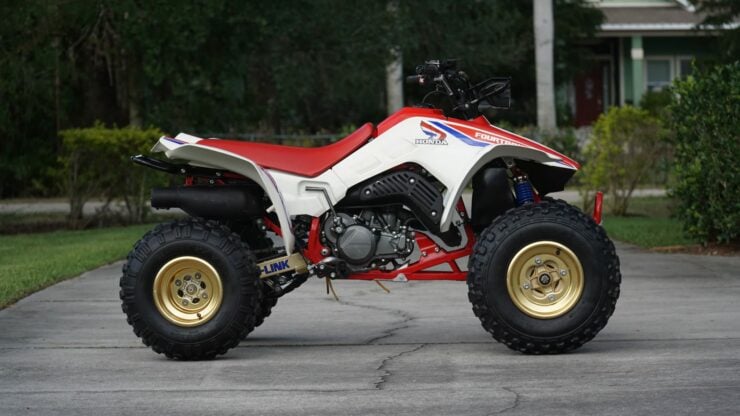
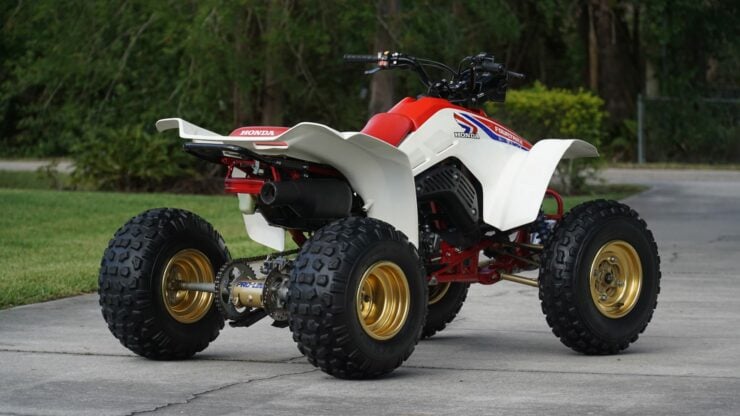
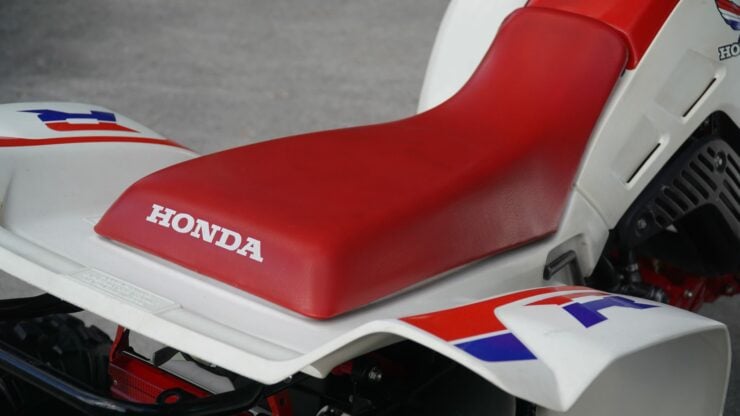
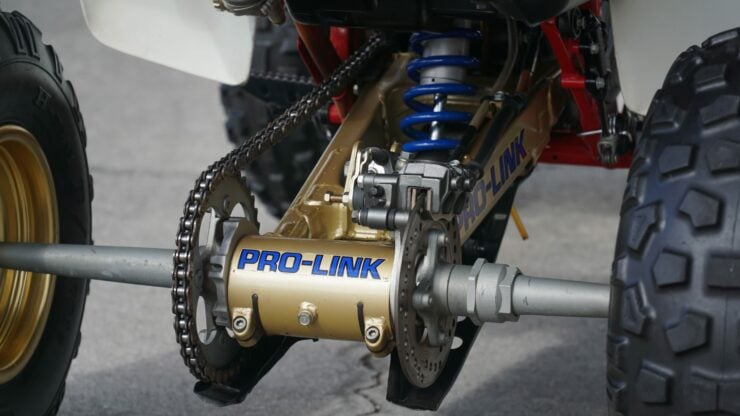
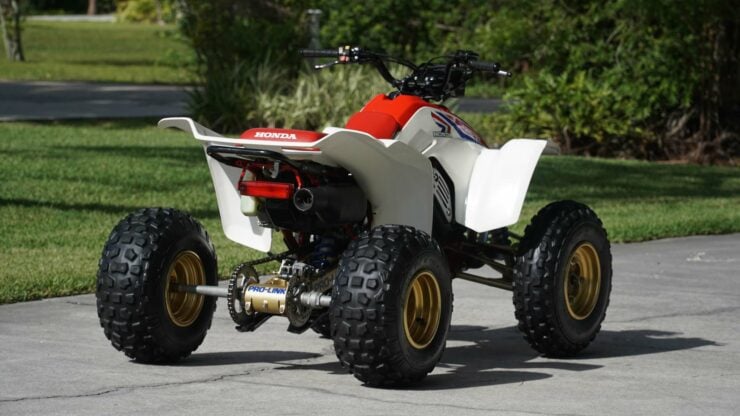
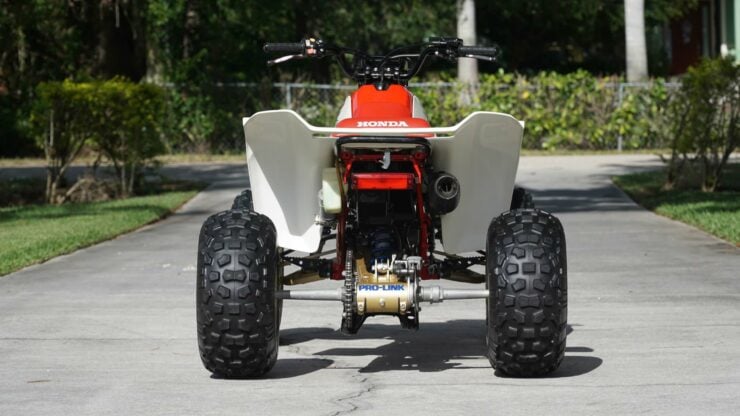
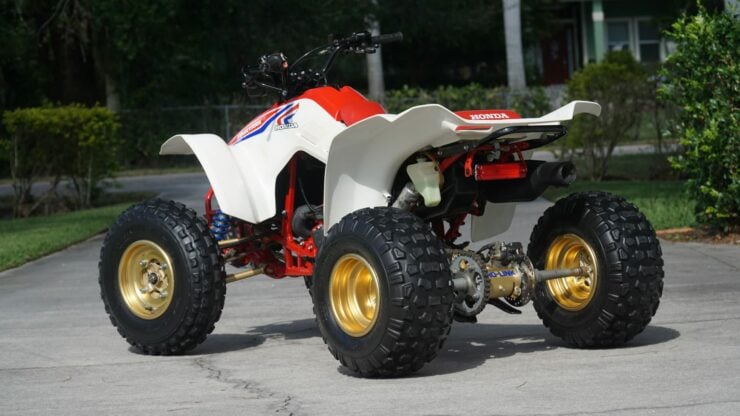
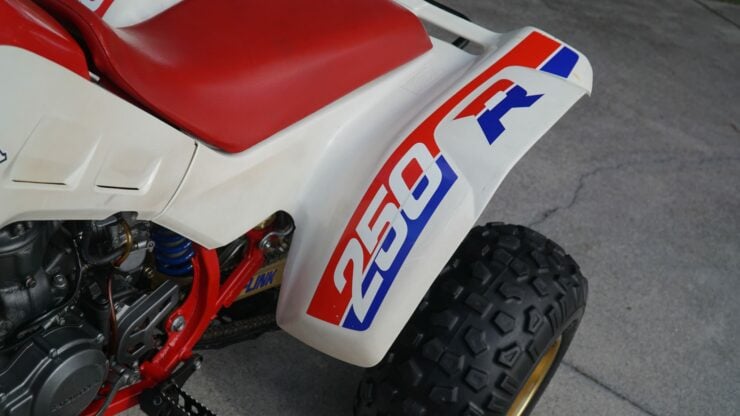
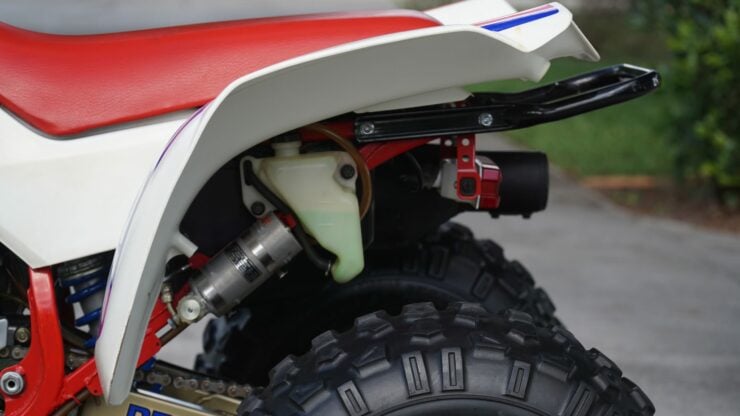
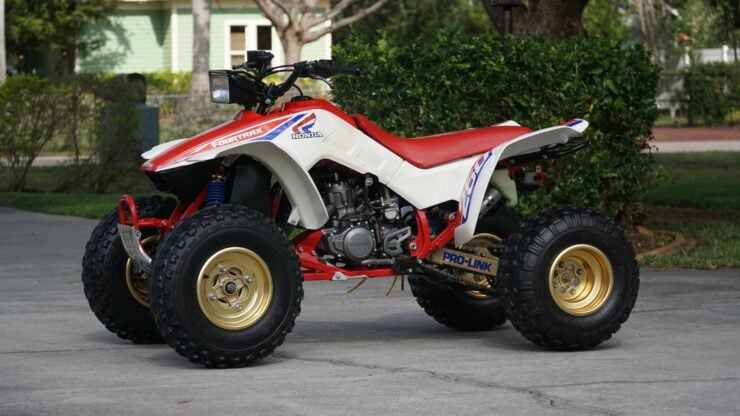
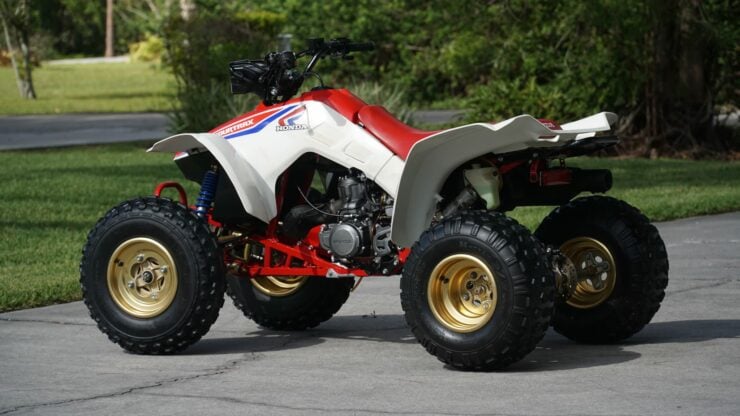
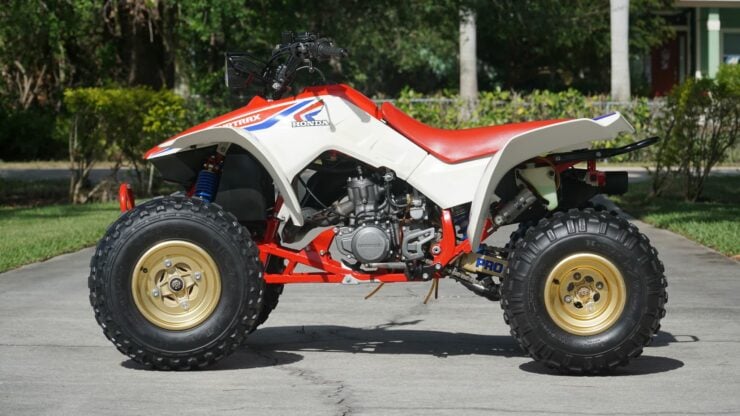
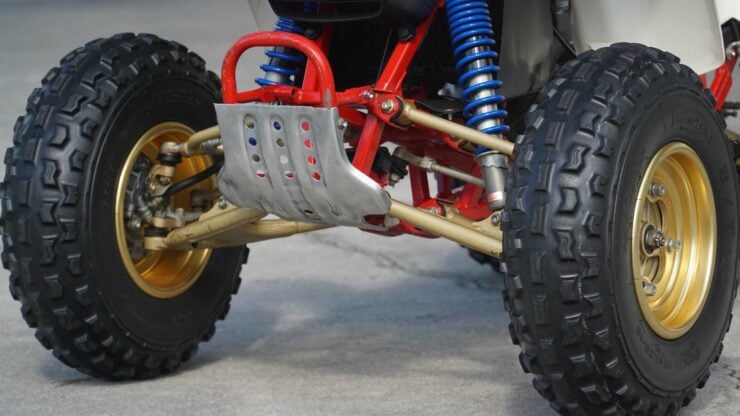
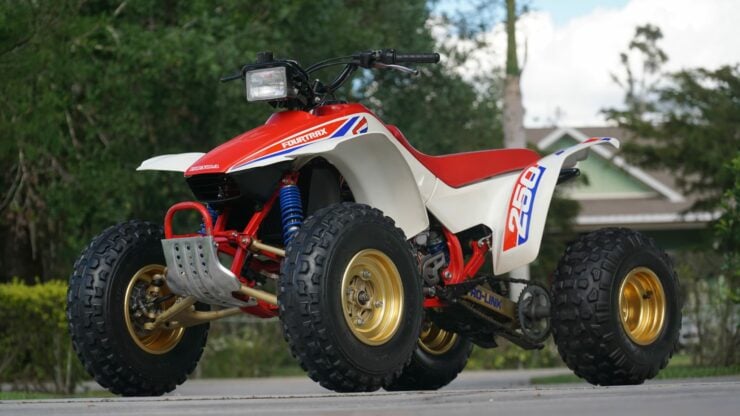

Images courtesy of Bring a Trailer

Articles that Ben has written have been covered on CNN, Popular Mechanics, Smithsonian Magazine, Road & Track Magazine, the official Pinterest blog, the official eBay Motors blog, BuzzFeed, Autoweek Magazine, Wired Magazine, Autoblog, Gear Patrol, Jalopnik, The Verge, and many more.
Silodrome was founded by Ben back in 2010, in the years since the site has grown to become a world leader in the alternative and vintage motoring sector, with well over a million monthly readers from around the world and many hundreds of thousands of followers on social media.

